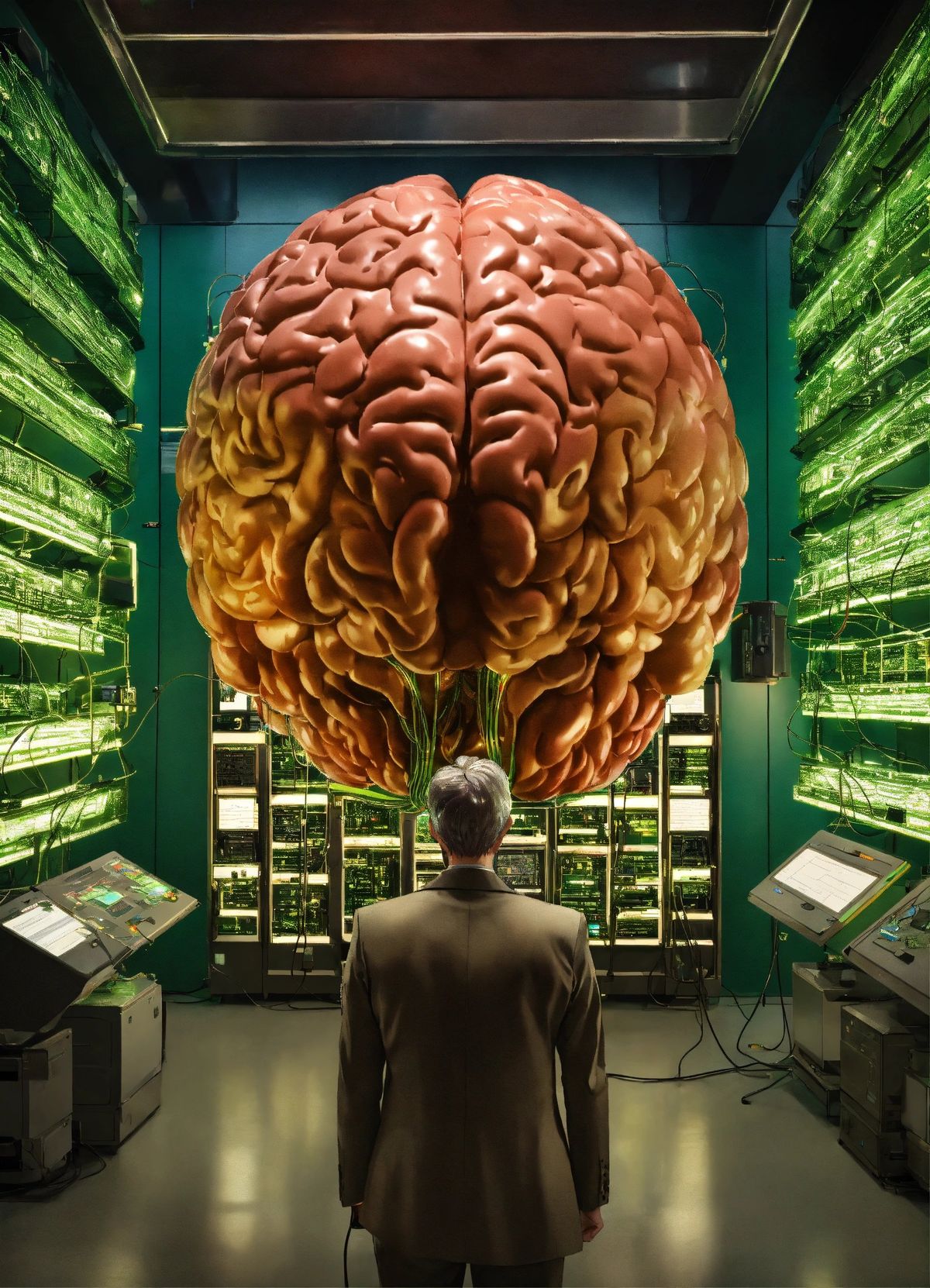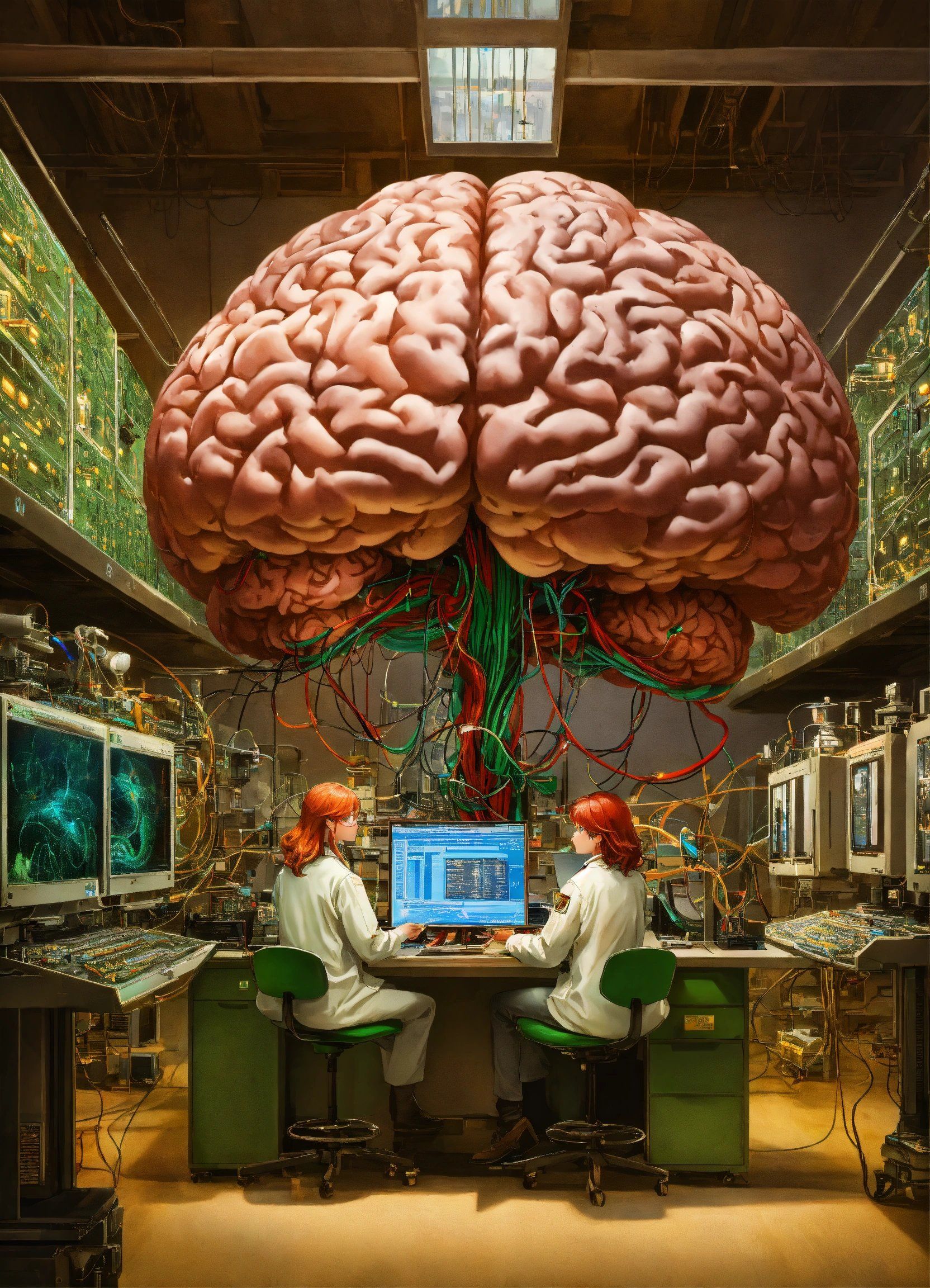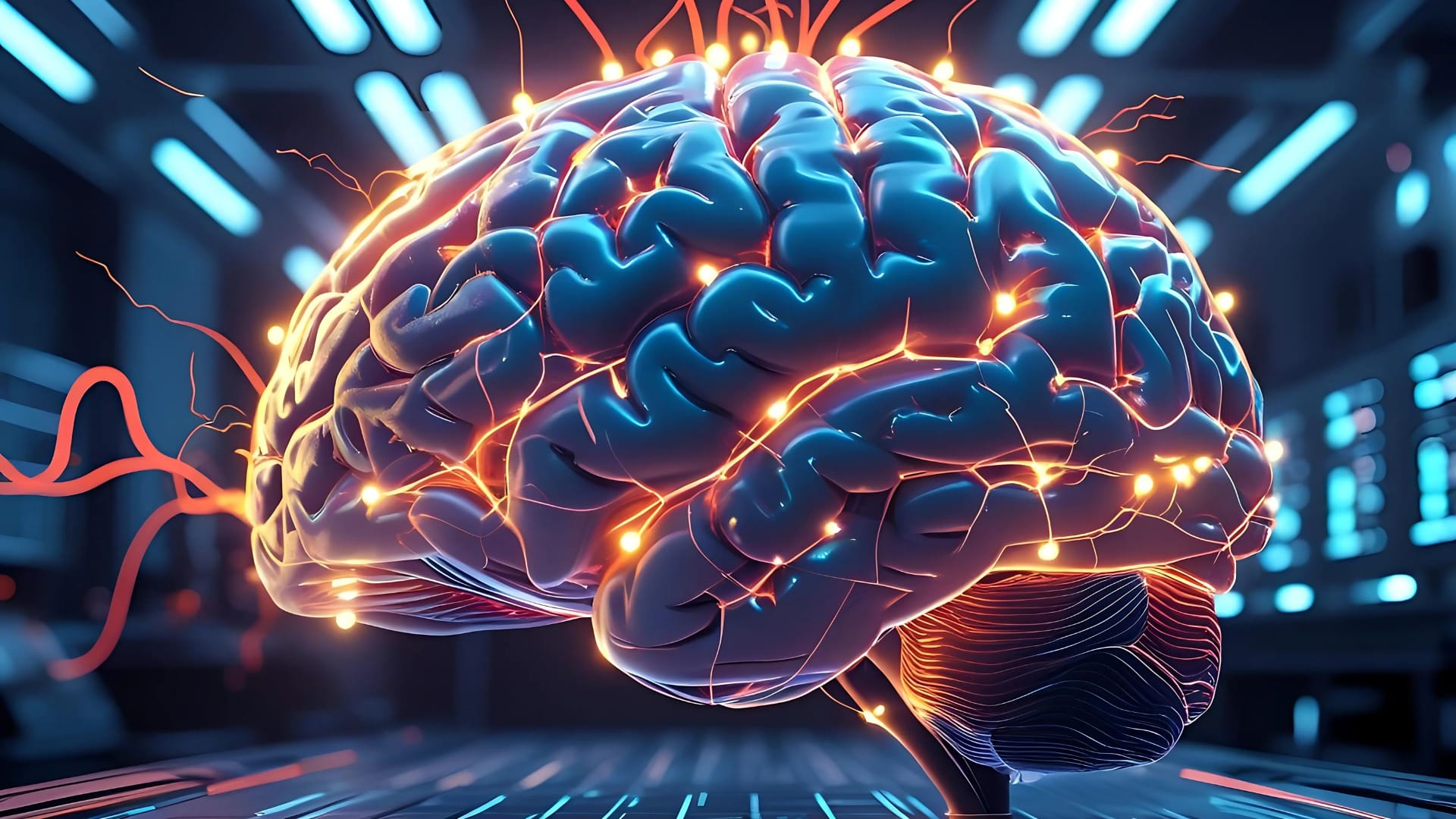Brain-reading robots will emerge in India
The development of brain-reading robots represents a significant leap forward in the field of artificial intelligence and has the potential to revolutionize various industries, including healthcare, education, and entertainment.

Introduction to brain-reading robots
Brain-reading robots, also known as neuro-robotics, are a groundbreaking technology that combines neuroscience and robotics to interpret and respond to human brain signals. These robots can read and understand human thoughts, emotions, and intentions, opening up a world of possibilities for human-robot interaction. By utilizing advanced brain imaging techniques such as electroencephalography (EEG) and functional magnetic resonance imaging (fMRI), brain-reading robots can decipher neural activity and translate it into actionable commands. This enables them to perform tasks, communicate, and even assist individuals with disabilities. The development of brain-reading robots represents a significant leap forward in the field of artificial intelligence and has the potential to revolutionize various industries, including healthcare, education, and entertainment.

Advancements in brain-reading technology
The field of brain-reading technology has witnessed significant advancements in recent years. Neuroscience research and machine learning algorithms have contributed to the development of sophisticated brain-reading robots. These robots are capable of accurately interpreting and analyzing brain signals, enabling them to understand human thoughts and intentions. Furthermore, advancements in neural imaging techniques have allowed for better resolution and real-time monitoring of brain activity. These advancements have opened up new possibilities for applications in various fields, including healthcare, communication, and education.
Applications of brain-reading robots
Brain-reading robots have the potential to revolutionize various industries and fields. One of the key applications is in the healthcare industry, where these robots can assist in diagnosing and treating neurological disorders. They can accurately interpret brain signals to detect abnormalities and provide personalized treatment plans. Additionally, brain-reading robots can greatly enhance human-computer interaction by allowing individuals to control devices and interfaces using their thoughts. This technology also holds promise in the field of education, where it can be used to improve learning experiences and create more personalized educational programs. The applications of brain-reading robots are vast and have the potential to significantly impact society.
Challenges and Limitations
Ethical concerns and privacy issues
As brain-reading technology advances and brain-reading robots become more sophisticated, there are several ethical concerns and privacy issues that need to be addressed. First, there is the issue of consent and privacy. Brain-reading robots have the potential to access and interpret a person's private thoughts and emotions, raising concerns about the invasion of privacy and the potential misuse of this information. Second, there are concerns about the accuracy and reliability of the technology. If brain-reading robots are not completely accurate in interpreting brain signals, there is a risk of misinterpretation and potential harm. Third, there is the issue of fairness and equity. The accessibility and affordability of brain-reading robots may create a divide between those who can afford the technology and those who cannot, exacerbating existing inequalities. These ethical concerns and privacy issues must be carefully considered and addressed as brain-reading robots continue to emerge in India and around the world.
Technical limitations of brain-reading robots
Despite the remarkable advancements in brain-reading technology, there are still several technical limitations that need to be addressed. One major challenge is the accuracy of the readings, as the brain is a complex organ and interpreting its signals can be challenging. Additionally, the speed at which brain-reading robots can process and analyze data is another limitation. This can impact the real-time applications of these robots, such as controlling prosthetic limbs or assisting individuals with paralysis. Moreover, the size and portability of brain-reading devices can also be a limitation, as current technologies often require bulky equipment and specialized environments for accurate readings. Overcoming these technical limitations will be crucial for the widespread adoption and integration of brain-reading robots in various fields.
Accessibility and affordability challenges
While brain-reading robots hold immense potential, several challenges need to be addressed to ensure their widespread accessibility and affordability. Ethical concerns surrounding the use of brain-reading technology need to be carefully considered and guidelines should be put in place to protect the privacy of individuals. Additionally, the technical limitations of brain-reading robots, such as accuracy and reliability, need to be overcome to enhance their usability. Furthermore, making these advanced technologies affordable and accessible to a wider population remains a significant challenge. Researchers, policymakers, and industry leaders must collaborate and find innovative solutions to these challenges, ensuring that the benefits of brain-reading robots can be realized by all.
Future Implications
Impact on the healthcare industry
Brain-reading robots have the potential to revolutionize the healthcare industry by providing accurate and real-time monitoring of patient's brain activity. These robots can assist in the diagnosis and treatment of neurological disorders, such as epilepsy and Alzheimer's disease, by analyzing brain signals and identifying abnormalities. They can also aid in the rehabilitation process by monitoring brain activity during therapy sessions. Additionally, brain-reading robots can enhance the efficiency of brain surgeries by providing surgeons with precise and detailed information about the patient's brain function. Overall, the integration of brain-reading robots in healthcare can lead to improved patient care and better treatment outcomes.
Revolutionizing human-computer interaction
Brain-reading robots have the potential to revolutionize human-computer interaction. By directly interpreting and understanding human thoughts, these robots can provide a seamless and intuitive interface between individuals and technology. This breakthrough technology opens up new possibilities for individuals with physical disabilities, allowing them to control devices and interact with the digital world using their thoughts. Moreover, brain-reading robots can enhance virtual reality experiences, enabling users to navigate and interact with virtual environments using their minds. The integration of brain-reading robots in various industries, such as gaming, entertainment, and communication, will redefine the way humans interact with technology, making it more natural and immersive.
Potential for enhancing education
Brain-reading robots have the potential to revolutionize education by providing personalized learning experiences. These robots can analyze students' brain activity and tailor educational content based on their individual needs and learning styles. By adapting the curriculum in real-time, brain-reading robots can ensure that students are fully engaged and motivated to learn. Additionally, these robots can assist teachers by providing valuable insights into students' cognitive processes and identifying areas where they may need extra support. With the integration of brain-reading technology in education, students can experience a more immersive and effective learning environment.
Conclusion
Summary of brain-reading robot advancements
Brain-reading robots have made significant advancements in recent years, revolutionizing the field of human-computer interaction. These robots have the ability to interpret and analyze brain signals, allowing for seamless communication between humans and machines. They have shown promise in various applications such as healthcare, education, and entertainment. Advancements in brain-reading technology have paved the way for enhanced diagnosis and treatment in the healthcare industry. Moreover, these robots have the potential to revolutionize education by providing personalized learning experiences. However, the widespread adoption of brain-reading robots still faces challenges such as ethical concerns, technical limitations, and accessibility issues. Further research and development are needed to address these challenges and unlock the full potential of brain-reading robots.
Promising prospects
The development of brain-reading robots holds promising prospects in various fields. These robots have the potential to revolutionize healthcare by enabling accurate diagnosis and treatment of neurological disorders. They can also enhance human-computer interaction by allowing individuals to control devices using their thoughts. Moreover, brain-reading robots can play a significant role in education by providing personalized learning experiences based on students' brain activity. However, further research and development are needed to address ethical concerns, overcome technical limitations, and ensure the accessibility and affordability of these technologies.
Call to action for further research and development
To fully unlock the potential of brain-reading robots, it is crucial to continue investing in research and development. Collaboration between scientists, engineers, and medical professionals is essential to overcome the challenges and limitations of this technology. Additionally, funding should be allocated to support the creation of accessible and affordable brain-reading robots that can benefit a wide range of individuals. By doing so, we can pave the way for a future where brain-reading robots play a transformative role in healthcare, human-computer interaction, and education.




